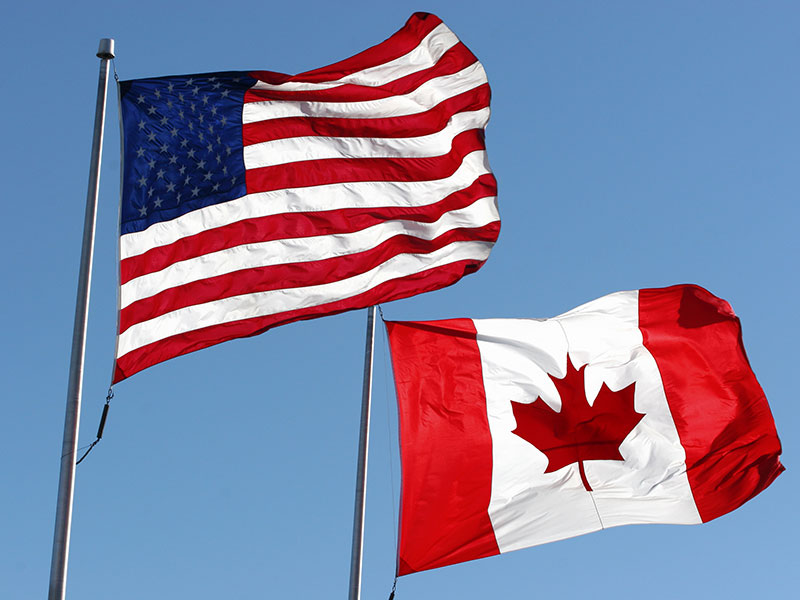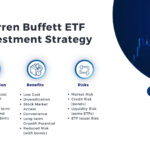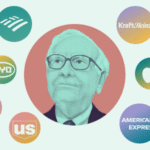Recent developments have shown a growing trend: U.S. companies are slashing investments in Canada to historically low levels. For Canadian investors, understanding these shifts—and adjusting your portfolio accordingly—could be critical.
Contents
🧾 Why Is U.S. Investment Slumping in Canada?
1. Rising Trade Uncertainty & Tariffs
The trade environment has become volatile under renewed U.S. tariff threats. The Trump administration’s 25%(35%) tariffs on Canadian steel, aluminum, copper, and other sectors, along with retaliatory tariffs from Canada, have created substantial uncertainty.
This unpredictability is discouraging many U.S. firms from committing capital in Canada. As Politico reports, trade talks are “chaotic,” with little clarity or consistency in U.S. demands. RedditReuters+5Politico+5The Wall Street Journal+5
2. Corporate Investment in Canada Has Weakened
-
According to Fraser Institute, Canadian business investment fell sharply after 2014, dipping to historically low levels compared to the U.S.—with Canadian firms’ capital spending per worker at just 55 cents of U.S. levels by 2021 Fraser Institute.
-
This decline makes Canada less attractive to U.S. companies seeking robust, growing domestic partners.
3. Policy & Regulatory Headwinds
U.S. firms note Canada’s stringent Investment Canada Act screening for large foreign direct investment, combined with sector restrictions (e.g., banking, telecom), as barriers. These factors weigh heavily when capital decisions are competitive. WikipediaWikipedia
4. Strategic Shifts Toward U.S. Markets
Executives like TC Energy’s CEO publicly acknowledge that the U.S.—despite trade frictions—is perceived as a simpler, lower-risk investment environment compared to Canada’s complex regulatory framework. Reuters
📊 What It Means for Canadian Investors
✅ Market Impact
-
With lower foreign capital inflows, equity valuations for Canadian companies (especially in mining, manufacturing, and midcaps) may be subdued.
-
Foreign institutional holdings saw withdrawals: Canadians are ironically selling Canadian equities, while dollar-cost Canadian investors are repatriating capital into U.S. equities. Reddit discussions note this shift vividly. ca.finance.yahoo.com+8wealthprofessional.ca+8Reddit+8
⚠️ Broader Economic Concerns
-
Canada’s lag in innovation and R&D investment means domestic corporate growth may underperform. The Conference Board of Canada identifies weaker infrastructure and productivity as systematic bottlenecks. rbc.com
🔍 Data & Trends Snapshot
| Indicator | U.S. Investment Flow | Business Investment Trend | Notes |
|---|---|---|---|
| U.S. Capital in Canada | Dropped to record low levels as firms delay or cancel | Canadian corporate investment per worker only 55¢ vs U.S. in 2021 | Weak sentiment, regulatory friction |
| Trade Stability | Tariff uncertainty re-surging | Strategic shifts favor U.S. operations | Energy/export-focused sectors impacted |
| Investor Behavior | Canadians reallocating into U.S. stocks (~+US$14B net in May 2025) AP NewsFraser Instituteeconomics.td.comWikipedia+1economics.td.com+1 | Domestic equity sell-off (~$11.4B) wealthprofessional.ca | Retail derisking due to national uncertainty |
🌐 External Articles & Background
-
TD Economics confirms Canada remains the U.S.’ largest export market—but tariffs could significantly disrupt integrated supply chains. economics.td.com
-
Given Canada’s reliance on energy & critical minerals exports (like zinc, nickel, vanadium), any prolonged U.S. tension may harm investor confidence. economics.td.com
🧠 How Canadian Investors Can Respond
1. Diversify Globally
With capital exiting Canada, U.S.-listed companies may suffer declining valuations. Consider shifting to global ETFs and U.S.-oriented funds to hedge domestic exposure. Bloonser’s guide on momentum and balanced investment strategies is a great starting point. (internal link)
2. Focus On Quality & Valuation
Low-cost, cash-rich Canadian companies with sustainable dividend yield (e.g., utilities, pipelines, and broad energy plays) are better positioned to withstand capital flight.
3. Exploit Market Inefficiencies
Research by O’Shaughnessy Asset Management indicates Canada’s less efficient market structure may present alpha opportunities—especially in undervalued small and mid caps. osam.com
4. Monitor Policy Signals
Stay tuned to:
-
Upcoming trade deadlines (e.g., potential tariff triggers from U.S. Section 232)
-
Canadian investment policy updates under Investment Canada Act
-
Provincial economic signals in Alberta, Ontario and supply-chain dependencies PoliticoWikipedia+1Reddit+1
5. Maintain Liquidity & Optionality
Be cautious about deploying large amounts of capital into Canadian midcaps until policy clarity improves. Having cash buffer enables tactical re-entry when stabilization occurs.
6. Leverage Currency Dynamics
With CAD potentially weakening under capital outflow pressure, U.S. and global assets may offer currency hedge advantage. Consider U.S.-domiciled or USD-hedged ETFs for safer exposure.
🧩 Final Take: Strategy for Canadian Investors in Tense Times
Canadian equities face near-term headwinds due to subdued U.S. inflows and policy uncertainty. But history shows volatility breeds opportunity—especially for long-term, disciplined investors.
✔ What to Do Now:
-
Trim exposure to overvalued domestic smallcaps
-
Shift focus to global assets, U.S. dollar denominated securities
-
Favor dividend-paying, high-quality Canadian companies with strong cash flows
-
Watch policy developments from U.S.-Canada talks and trade deadlines
-
Use periods of market stress to accumulate selectively
For more related insights—including multibagger screeners and AI / momentum strategies—check out our articles on Bloonser’s Investing Insights hub, particularly our guide on multibagger screener tools (internal link).
📚 References & Further Reading
-
US companies reducing foreign investments: World Economic Forum reporting. weforum.org+1Financial Times+1
-
Trudeau‐Trump trade negotiations & tariff threats: POLITICO and WSJ reporting. Politico+1The Wall Street Journal+1
-
Fraser Institute capital investment comparisons Canada vs U.S. Fraser Institute
-
O’Shaughnessy research on Canadian market inefficiencies. osam.com
-
Trends in Canadian investor behavior from Reddit & market data. RedditRedditwealthprofessional.ca
Written by the Bloonser Research Desk. Explore more articles and tools in our <a href=”https://bloonser.com/investing-insights”>Investing Insights hub</a>.







